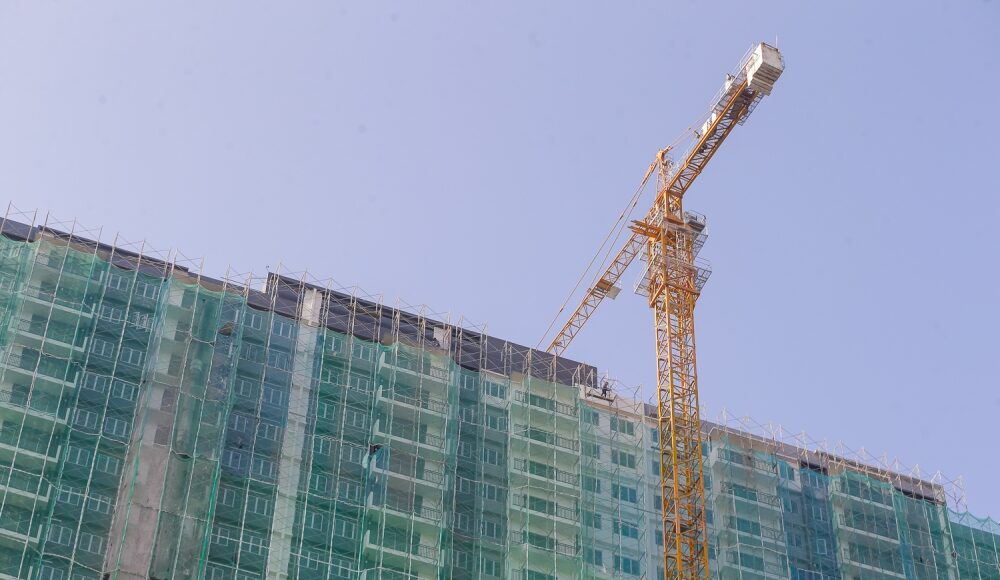MAY 23 — Malaysia, through the Ministry of Local Government and Housing, will lead the conversation on affordable housing through its chairmanship of Asean in 2025. Ahead of the Asean Summit 2025 and as our country officially bids for the UN-Habitat General Assembly Presidency for the 2026-2029 term this month, we must seriously consider a shift in the way we think about housing affordability in this country.
It is important to recognize that when we talk about housing affordability (or in this case, the lack of it), what we are really saying is that either, (1) houses are too expensive, or (2) that people are not earning enough, or (3) that both these statements are true.
What Malaysia has been doing in the policy space for housing so far, as far as most government interventions are concerned, is to try to prop up the income side of the equation, what we categorize as demand side interventions. We say that people are not earning enough to afford the houses that are being built, so let’s help them along by giving them subsidies or making it easier for them to get longer, cheaper financing to purchase their houses. What this approach does really is, it artificially inflates the ability of the home buyer or homeowner to get their housing. What it does not do, it does not align the prices of housing to the level that people can afford.
Back in 2010, when the government made it easier for people to get cheaper mortgages, both by allowing loan tenures to become longer and by increasing the loan-to-value ratios, house prices escalated in the following years, by as much as 23 per cent between 2012 and 2014. So, this approach does not work. In fact, it does the opposite. When you artificially prop up people’s ability to buy houses, over time, houses will remain unaffordable and people will still need help to access housing. This is not a sustainable way to do this.
What we must do instead, is to acknowledge that the lack of housing affordability is a symptom of a housing market that is broken. To fix this, we must consider a shift in the way that we think about housing development. All data currently points to a housing market that is not able to match the supply of housing to what the population demands. There is a need for realignment. We must realign the incentives of actors that are building houses to that of the consumers.
The writer advocates for developers to bear the risks of housing projects to make homes truly affordable for Malaysians, rather than pushing costs onto buyers. — Picture by Raymond Manuel
To do this, we must make sure that the institutional structure encourages the producers of housing to build houses that people want and can afford. That is, housing developers must find out what types of houses people want to buy and live in. They must determine if they can build such houses (by accounting for all the costs involved in housing development, i.e. compliance costs, land costs, etc). Developers must raise capital to proceed with the development, either by taking a loan from the banking system, courting investors through corporate bonds or using their own funds. When these things sorted out, they build the houses and get it done to the best of their ability and knowledge. Only when the houses are completed should they be made available for purchase. Our institutional structure must allow this to happen.
None of these activities should be undertaken by the consumer or the buyer. What a consumer should do is, they have a look at the finished product, i.e. the completed house, compare them to others in the market, and decide if they want to buy. So, then, this way, the competition between the producers of housing will dictate the price of houses and the developer’s profit.
If we allow the producers of housing to transfer the risk of housebuilding to the consumers, be it the construction or commercial risks related to housing development, like what we are currently doing in our system through the sell then build approach, the demand supply mismatch will never be solved. Because why would it? Developers have no incentives to make sure that what they are building are wanted by the market. They do not take on the commercial nor construction risks of development. The true costs of house building are not reflected in their profit and loss estimations. Of course, this is an oversimplification of the housing development process, but it underlines the structure of incentives.
We must allocate the costs and risks of housing development back to those who stand to profit the most from it, the developers. Only then can the market work more efficiently. If we want the market to be more responsive to the demands of the rakyat, the potential homeowners, and house buyers, if we want houses to be more affordable, the institutional structure must allow this to happen. The simplest way to do this, that is to realign the risks and incentives of actors in the sector, is to transition to a build-then-sell system for housing delivery. This is what is needed, if we are seriously taking about improving housing affordability in this country.
*Nur Fareza Mustapha is a Research Associate at the Khazanah Research Institute (KRI).
**This is the personal opinion of the writer or publication and does not necessarily represent the views of Malay Mail.





